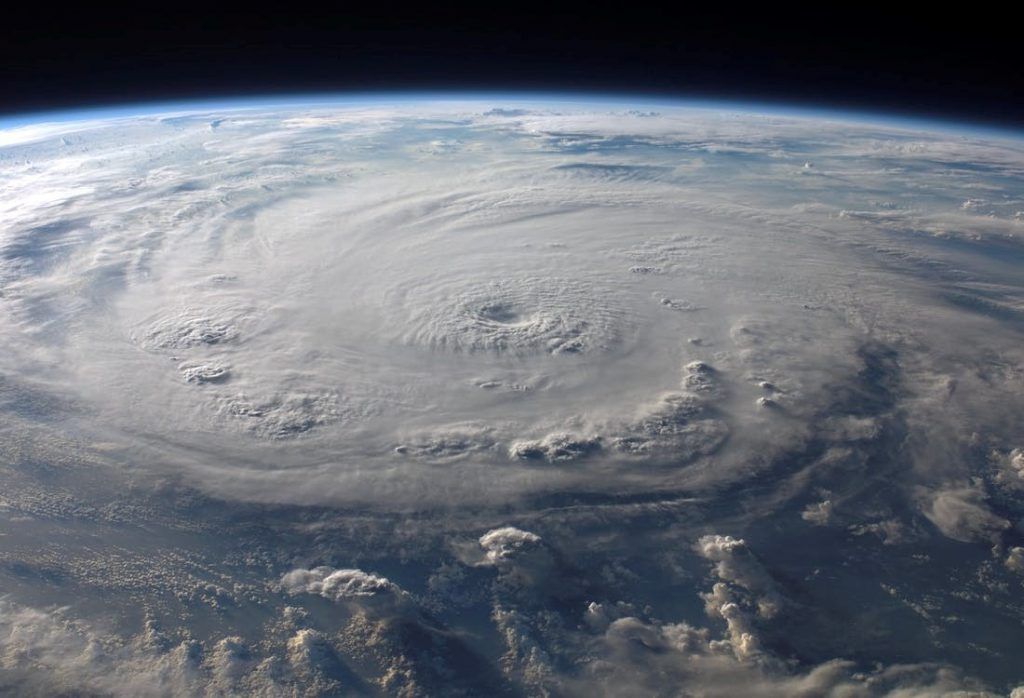
Instromet Weather Instruments
Weather stations and weather monitoring specialists
Why Do We Measure The Weather?
Why Do We Measure The Weather?

Why do we measure the weather? Understanding the weather has served great significance over humanity, from planting crops to setting out into the ocean. Predicting how the environment behaves has guided everyday life up to the present.
However, with modern technology, weather measurement and monitoring have grown beyond the need to inform livelihood. It has grown to include efforts to understand how our collective actions have led to where we are now and, more importantly, where we are headed in the future. Here are some of the most compelling reasons why we measure the weather.
1. Why Do We Measure The Weather? People
Most activities depend on the weather conditions, from minor daily decisions to long-term plans. It helps people decide on what they’ll do, the clothes they wear, and even the food they’ll prepare later on.
Weather forecasts have become a staple in regular news programs as it gives you the heads up you need for the upcoming day. Whether you’ll need a raincoat or a hat, or whether it’ll be safe to take the ferry or not, all depends on what are the expected conditions for today. With access to better technology and larger data sets, weather forecasting has become more accurate and more reliable. The latest weather updates are available right from your fingertips, allowing you to observe weather conditions anytime.
This capability also applies to long-term planning. Despite the drastic changes in meteorological patterns due to climate change, forecasts remained relatively accurate. Our ability to predict weather and climate conditions continue to keep up with the changing trends thanks to evolving weather measurement and monitoring instruments.
2. Livelihood
As mentioned, livelihood has always been a critical driver for measuring and predicting the weather. Many industries heavily depend on climate and weather, as they’ve done for hundreds of years.
Humanity learned to settle in one place when they learned how to plant crops for sustenance. Since then, it has become imperative to know when rain falls, or droughts are more likely to occur. These pieces of information are essential in finding the best time to start planting and when to harvest crops. Although humankind has nearly perfected the cycle of the seasons and the planting schedules, rapid changes and unstable conditions threaten the farmers’ ability to plant and harvest.
Aside from planting crops, animal domestication is another field that requires a good understanding of the weather. Like crops, livestock is also an essential part of the human food supply. Being unable to care for animals could upset their store, causing food security issues that can threaten many lives down the line. By having a good grasp of weather conditions, people in these industries can carefully plan when to allow the animals to graze or stock up on the animal feed.
3. Transport
Before, weather prediction told humans when it was safe to set off on boats and go fishing. The same idea continues today but on a much larger scale—weather measurement and monitoring impact a vast global industry, from small fisherfolk to large shipping vessels.
Industrial fishing vessels, cargo freighters, and even oil tankers depend on modern technology to safely and efficiently ply their trades. It is essential to know if there’s a storm brewing down their path days or weeks in advance to avoid unnecessary risks. Modern marine vessels now use weather routing technology, which uses the latest weather information available to guide shipping routes and travel plans. Networks of sensors and monitoring systems provide insights on wind and currents, guiding navigators and sailors of weather conditions ahead of them.
The importance of weather prediction is not limited to marine transport too. Airlines also need timely and accurate information on the environment. Pilots, like sailors, need to know what lies ahead. Irregular or unstable air currents cause turbulence, while potential rains also affect visibility in the sky.
4. Science
By measuring the weather, we learn more about it, which allows us to develop better and more accurate systems. Before, people recorded how the phases of the moon or fluctuations in airflow give hints on upcoming tides and storms. We have sensors installed on ocean buoys or weather balloons–scattered around the world to collect information without the need for an actual person to go and manually monitor those places.
Furthermore, technology has enabled people to gather more data and process them more efficiently. Artificial intelligence and machine learning are becoming increasingly important because of their ability to handle large amounts of data. With these tools, people can now make projections about meteorological conditions far into the future.
The same technologies are being used to assess how our actions impact the environment. Visualizations of past and present carbon emissions now help explain how climate change continues to evolve and how it threatens our future. In doing so, experts can recommend what collective actions are available to mitigate or even reverse this phenomenon.
Final Word
Measuring the weather is a vital endeavor. It affects our immediate plans and activities and our entire future as a species. As we better understand how the world works, we’ve also found ways to use it for our development. Thanks to predicting weather far into the future, we’ve had entire fleets of aircraft and networks of ships traveling in perfect unison.
More importantly, technology has allowed us to finally see how we impact the environment and how it affects us in return. We can identify options on how we can reverse the damage done and secure the world for future generations.
Article Contributor: Bash Sarmiento
Comments are Closed